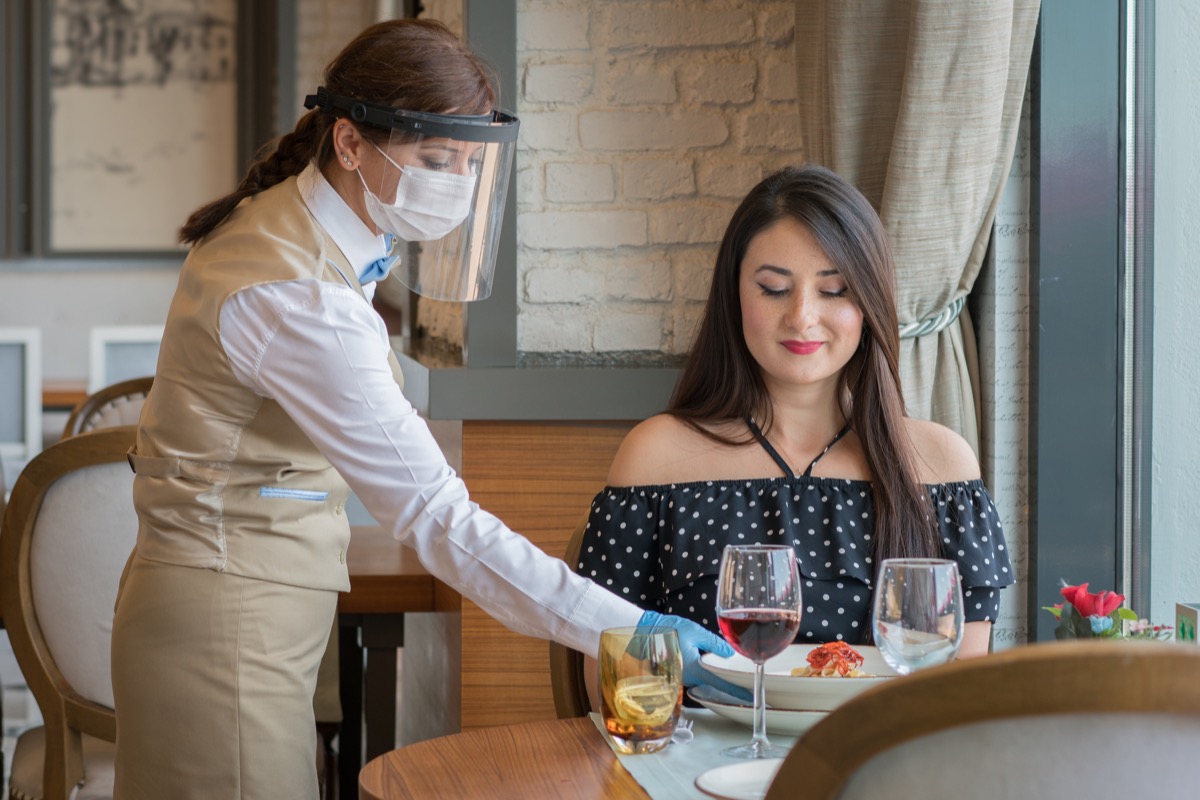“Key mistake political leaders are making is acting on belief that leaving indoor dining, bars, gyms open is good business,” Ashish K. Jha, MD, director of the Harvard Global Health Institute, tweeted on Aug. 1. “This will cause schools to be closed all fall, winter.“ae0fcc31ae342fd3a1346ebb1f342fcb Jha is not the first to raise the alarm around keeping indoor dining, bars, and gyms open. When four doctors were asked to rate the risk level of 36 activities, bars, indoor dining, and gyms all scored above a 5 on a level of 1 to 10. According to these doctors, bars were the absolute riskiest, especially since “after a couple of drinks, [people start] to feel a little more invincible,” Nasir Husain, MD, said. Gyms were also rated highly because people release more respiratory secretions when working out and breathing heavily, and indoor dining is risky because the same air is recirculated throughout a building. Since people can’t wear masks and eat at the same time, it’s easier to spread the virus to people who are even farther than six feet away. And data appears to show that states that experienced a surge in coronavirus cases are the same ones that reopened these three places early. Yelp’s Economic Average report looked at data from the second quarter of 2020 and compared the search activity of people looking at business pages related to restaurants, bars, and gyms as COVID cases increased. What they found was that the 10 states with the largest increase in Yelp search activity in May (indicating they were reopening these places) were Florida, Idaho, Nevada, Oklahoma, South Carolina, Arizona, Texas, Georgia, Kansas, and Alabama—all of which experienced a sharp increase in COVID cases during the month of June. In comparison, many states that saw a decrease in COVID cases that same month—Massachusetts, Michigan, New York, Connecticut, Maryland, New Hampshire, Rhode Island, Virginia, and Illinois—all had no uptick in consumer search activity for restaurants, bars, or gyms. RELATED: For more up-to-date information, sign up for our daily newsletter. The sentiment that these places are the riskiest has also been backed up by Linsey Marr, an engineering professor at Virginia Tech with expertise in the airborne transmission of viruses. Marr tweeted on Aug. 2 that “the problem is not people at the beach or parks; it’s people indoors in restaurants, bars, and house parties,” after a photo of people social distancing at a beach appeared alongside a front page article from The New York Times about coronavirus surges. Some states have listened to the experts, it appears. California, the state with the most coronavirus cases in the country, saw Gov. Gavin Newsom issue an emergency order on July 13 to immediately re-close indoor dining and bars statewide. He also forced 30 hard-hit counties to close gyms. According to The New York Times, three former state hotspots—Texas, Arizona, and Florida—also rolled back on their openings for bars. Arizona re-closed gyms, as well, but all three states still allow indoor dining at restaurants. However, even some closures appear to be making a difference. All four of these states have seen cases decrease or stay the same since re-closing at least some of these three risky places. And for more on the nationwide COVID surge, This Previously “Safe” State Just Saw a Surge in COVID Cases.
